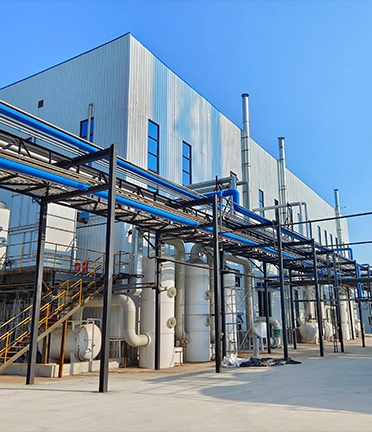Coagulant and Flocculant Chemicals for Enhanced Water Treatment Solutions
Coagulant and Flocculant Chemicals Essential Agents in Water Treatment
Water treatment is a critical process that ensures safe and clean water for consumption, industrial use, and agricultural practices. Central to this process are coagulant and flocculant chemicals, which play a vital role in removing impurities and enhancing water quality. Understanding these chemicals, how they work, and their applications can shed light on their significance in modern water management strategies.
Coagulants are substances that help to aggregate small particles in water, making them larger and easier to remove. These particles include sediments, organic matter, and microorganisms that can pose health risks. Common coagulants include aluminum sulfate (alum), ferric chloride, and polyaluminum chloride. When coagulants are added to water, they neutralize the electrical charges on the particles, leading to destabilization. Once destabilized, these particles begin to clump together—a process known as coagulation.
Following coagulation, flocculation takes place. Flocculants are long-chain polymers that further aid in joining the coagulated particles into larger clusters called ‘flocs’. This step is crucial because the larger flocs can be more easily removed through sedimentation or filtration. Flocculants can be either natural or synthetic. Natural flocculants include substances such as starch and gelatin, while synthetic options consist of polyacrylamides and other polymer-based compounds. The choice of flocculant depends on the specific characteristics of the water being treated and the type and concentration of impurities present.
coagulant and flocculant chemicals

The combination of coagulants and flocculants improves the efficiency of water treatment processes. They reduce the amount of time and energy required for sedimentation, enhance the clarity of the water, and help in meeting stringent environmental regulations. Moreover, they are crucial in the treatment of wastewater, where the removal of suspended solids and contaminants is mandatory prior to discharge or reuse.
In addition to their application in municipal water treatment, coagulant and flocculant chemicals are widely used in various industries. For example, in the mining sector, they are employed to process mineral slurries, while in the paper industry, they help in pulp washing. Agricultural practices also benefit from these chemicals as they aid in irrigation water treatment, ensuring that water quality is maintained for crop productivity.
Despite their effectiveness, the use of coagulant and flocculant chemicals must be managed carefully. Over-application can lead to chemical residues that may be harmful to the environment. Therefore, it is essential to monitor and optimize dosing practices to balance efficiency and safety.
In conclusion, coagulant and flocculant chemicals are indispensable tools in water treatment processes. They facilitate the removal of impurities, enhance water clarity, and help meet health and environmental standards. As we continue to face challenges related to water quality and scarcity, the importance of these chemicals in ensuring sustainable water management practices cannot be overstated. Future advancements in chemical formulations and applications will likely further improve the efficacy of coagulants and flocculants, paving the way for cleaner and safer water sources around the globe.
-
The Power of Isothiazolinones in Modern ApplicationsNewsMay.08,2025
-
Flocculants in Water TreatmentNewsMay.08,2025
-
Flocculants and Chemical Solutions: What You Need to KnowNewsMay.08,2025
-
Flocculants and Chemical Solutions: A Growing IndustryNewsMay.08,2025
-
Essential Chemicals: Polymaleic Anhydride and MoreNewsMay.08,2025
-
Acrylic Polymers: Essential Solutions for IndustryNewsMay.08,2025





